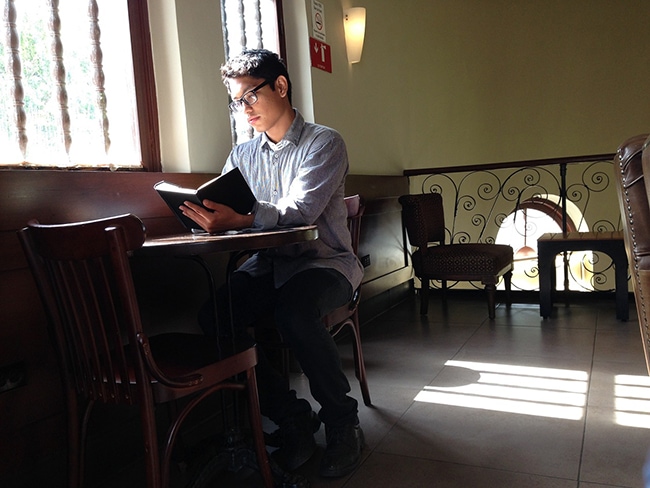A Malaysian Guide to Study in Singapore

Singapore has always been a rather popular destination for Malaysians to pursue their career due to the close relations between the countries, close proximity and a very favourable exchange rate for Malaysians with regards to the salaries one may earn in Singapore compared to the lower cost of living in Malaysia. This tantalising career lure makes for an increasing interest in pursuing a Singapore education.
The Two Education Systems
Though geographically speaking, Malaysia and Singapore are neighbours, they have completely different education systems and language emphasis. In the compulsory primary level, Malaysia’s first language is Bahasa Melayu while the English language is the second language of the country. Whereas in Singapore’s primary education, English language is the first language and other languages such as Malay, Chinese and Tamil are considered second language. The difference hence, is in the emphasis of the English language between the two countries during the student’s foundation years.
Secondary Education
After 6 years of compulsory primary education in Singapore, it is followed by another compulsory four or five years of secondary education, after which students will sit for their GCE O-Level examinations.
Malaysia’s education system on the other hand, is quite different. Students who failed their Bahasa Melayu at primary 6 are required to study for 1 additional year with an intensive focus on Bahasa Melayu. Their secondary education system consists of 3 years of lower secondary (Form 1, 2 and 3) education followed by 2 years of upper secondary (form 4, 5) education. Students will then have to take the Sijil Pelajaran Malaysia (SPM – Open Certification Examination) at the end of the Form 5 cycle in which the minimum criteria for a SPM is a pass in the national language in order to further advance into the pre-university level.
Chinese students who choose to study at independent Chinese secondary schools have to instead fulfill 6 years of secondary education in order to sit for the United Examination Certificate for Independent Chinese Secondary Schools (UEC). This qualification however can only be used for further studies at private institutions for pre-university education; hence it is a major reason for many Malaysian Chinese students to pursue their education abroad in places like Taiwan, China and Singapore.
As for Singapore’s secondary level education, advancement to the pre-university level is instead dependent on the overall academic results of the students in their O-Level examinations.
Pre-University Education
Both countries have similar pre-university options with Singapore providing students with the option of either A-Levels examinations, diploma studies or professional certification from an Institute of Technical Educaion (ITE) while Malaysia provides students with the option of Sijil Tinggi Pelajaran Malaysia (STPM – Malaysian Higher School Certificate Examination) or 1 year of study for Matrikulasi (Matriculation) before entering the public polytechnics or universities.
Malaysians Studying in Singapore
Despite the similar education pathways in both countries, the emphasis on the English language, a language that is commonly used globally, is clearly more pronounced in Singapore. Hence it is recommended for students who would like to pursue an overseas education to start at an early age, for example after form 3 or even earlier, in order to be fully prepared for the first international milestone examination, the O-Levels.
For those who decide to head overseas at a later age, it might be more ideal to consider studying in preparatory schools due to their experience in helping students with their English language and bringing them up to speed with the study pace in Singapore.
Culture
It is also easier for Malaysians to fit in culturally due to the many similarities between the two countries as they were both under the same governing system during the British colonial times. The various ethnic communities in both countries live in harmony with each other and as a result, there is a wide spread of familiar culinary options for Malaysians in Singapore.
What this all means is Malaysians looking to fare well academically in Singapore will have to focus on improving their English language and familiarise themselves with the Singapore education system in order to advance from both the O and A-Levels examinations and be on their way to a quality university education. Enjoy learning!




